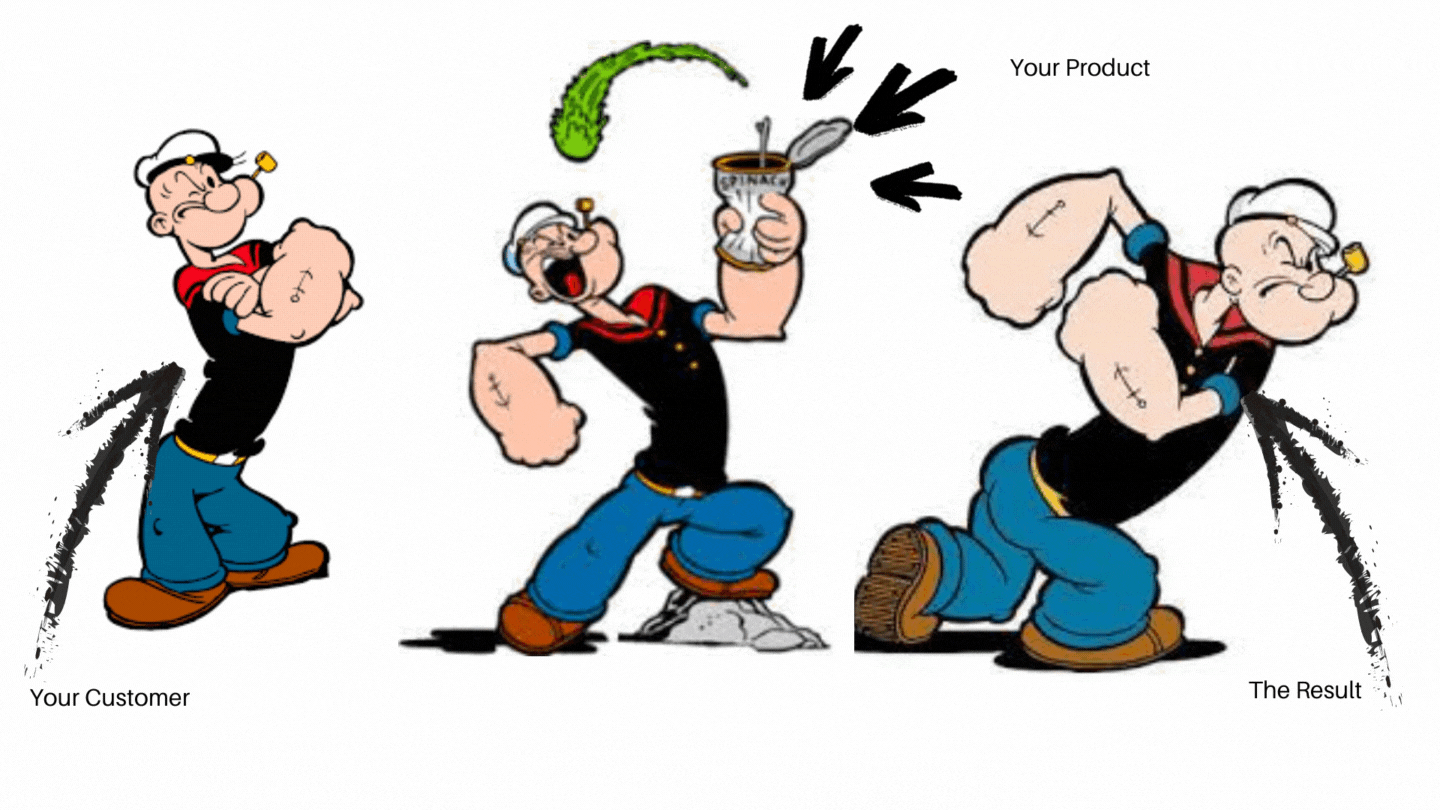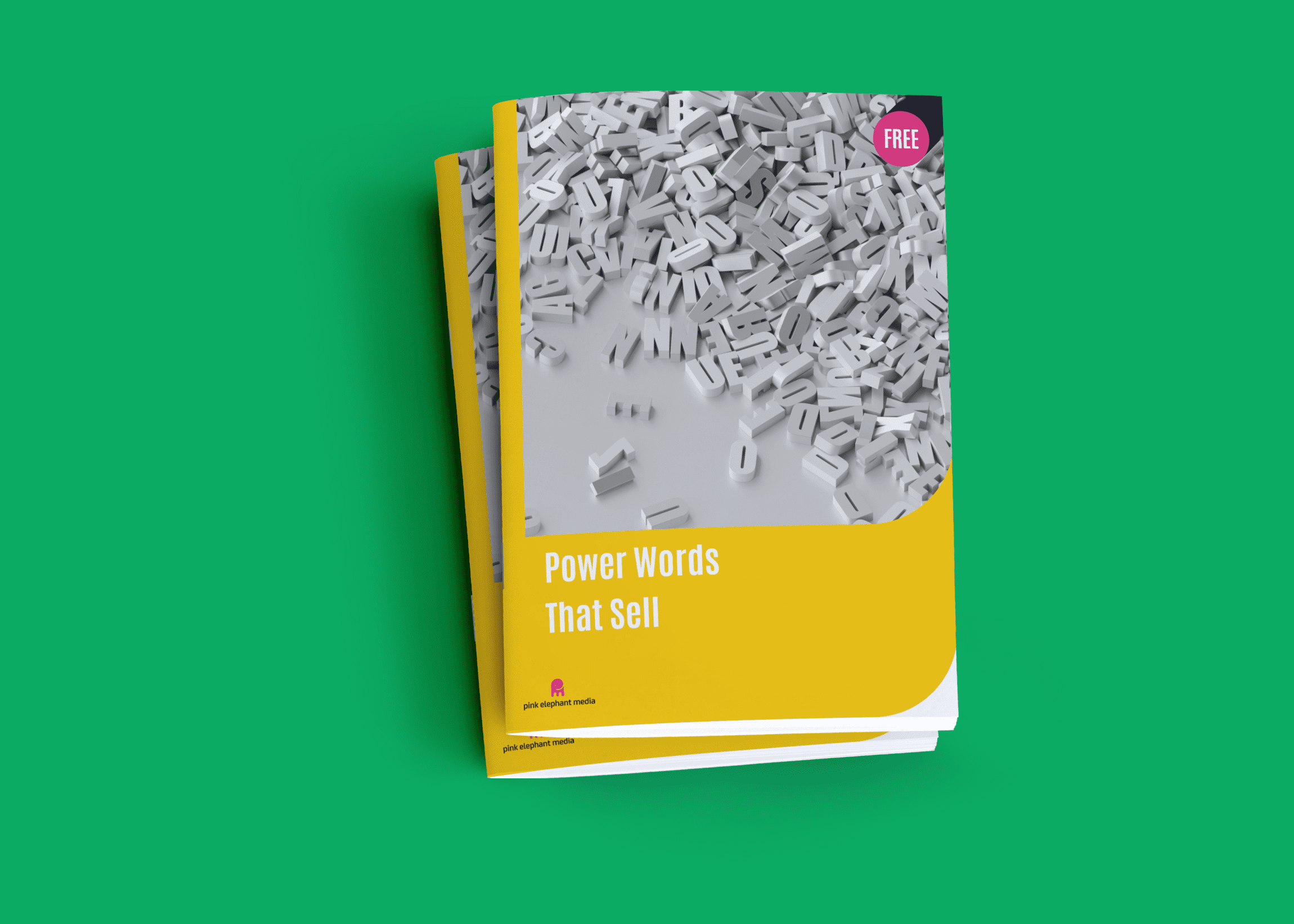Getting customers onto your website to look at your products, in some ways, is the easy part. Whetting their appetite enough to convince them to click ‘Buy’ or ‘Add to Basket’ is where the hard work really starts.
But what makes a good or bad product description?
The difference between a good and bad product description
The mistake lots of business owners make is believing product descriptions have to be overly descriptive and long.
In fact, the opposite is true.
Your main objectives when writing product descriptions is to:
- Explain as simply as you can what the product does
- Why they need to buy it
And to help you do that, I’ve compiled a list of eight tips to help you write yours!
8 tips for writing engaging product descriptions
A well-written product description not only explains key benefits it also has the power to solve customers problems, increase sales, reduce refunds and build trust in your business.
To help you do that, here are ten tips to consider when writing yours:
01.Know who your audience is
Before you even start writing a product description, you need to work out exactly who it is you’re selling to.
By breaking down your potential buyers’ characteristics, you’ll understand which information is most valuable to your customers. So, to create yours, you need to ask yourself and answer the following questions:
- Why is this person interested in your products, specifically?
- How would they describe your product/s to a friend or family member?
- What benefits and key features will interest them the most?
- What problems are they looking for your products to solve?
- How did they find your page?
- What are their interests, hobbies, etc.
By answering these six questions, you’ll be better placed to write product descriptions that resonate with your target audience.


02. Features vs Benefits
A feature is something that is part of your product, for example:
- Feature: Lightweight folding work table that’s easy to store
- Benefit: Lightweight folding table that’s easy to store, so you can turn your home office into a dance floor
You’re not just getting a work table. You’re getting your home back to do whatever you love doing, like having space to dance when you can’t go out during lockdown. Perfect if your customers are young professionals who love to go clubbing.
Features tell the customer what to expect, so they’re incredibly important. But don’t forget to turn those features into benefits. They need to know it’s functional, but you need to sell them a lifestyle.
03.Tell a Story
One of the best ways to pique a customer’s interest is to tell a story in your product description.
If you sell furniture made from 100% natural materials, tell your customers about:
- Where it came from
- How it was made
- Potential problems
- The benefits of using the product
Whatever you’re selling, you can fit this narrative around pretty much anything, from mobile phones and tablets to silk scarves and children’s clothing.
People love stories, so make them informative and interesting. Include surprising facts that will make them laugh or their jaw-drop. They should be able to picture themselves within your story and feel all the excitement that goes with it, when that happens they’ll be swept up in the story line.


04. Make it sound like you.
People buy from people, so make sure it sounds like YOU talking.
When you do that, everything that excites you about the product shines through in your copy.
If your website already uses words like:
- Cool
- Awesome
- Gorgeous
Then use these words, and similar ones, to get across how fantastic the product is.
It sounds more authentic, and your enthusiasm, tone and natural choice of language will go a long way to persuading them to buy your stuff.
Being too stuffy and boring will turn off even the most ardent fan of your products. It should be a joy to read, not a hard slog.
05.Use power words.
Certain words have power.
The power to stir emotions and persuade an otherwise reluctant buyer to think: “Wow, I need that!”
But to make that possible, you need to sprinkle power words throughout your copy.
Words like:
Discover, Secret, Forbidden, Proven, No-Obligation, Exclusive, Hurry, Limited, Best-Selling, Ultimate, Unseen, Unlocked,
Words like nice, good and high-quality are okay, but they don’t stir the emotions like spectacular, stunning and luxurious.

06. Make it easy to scan
You don’t want to bore potential buyers with endless paragraphs. So, make sure to:
- Keep paragraphs short
- Use bullet points
You can still pack in lots of information, but keeping things short and using bullet points tricks the brain into thinking there’s less information than there is. And it saves your customers from feeling overwhelmed when they land on your page too.
07.Optimise your images
You can write the most spectacular product description in the world, but if your images are of low quality, you can wave goodbye to a sale. So, don’t neglect your photography, it’s so important.
In fact, in a study by CrowdRiff:
- 63% of consumers said images are more important than product descriptions
- 53% believe visuals are more important than ratings or reviews
Not that you should just post a picture of your product and hope it does the rest itself.
Far from it.
What it means is that the imagery you use is a super-important part of the sales process, so make sure what you’re selling looks as good as it sounds.

08. Implement SEO into your descriptions
You work hard to drive traffic to your website by using keywords and key phrases, so there’s no reason not to do this in your product descriptions too.
The main places to include them are:
- Page titles
- Product titles
- Metadata descriptions
- ALT-text image tags
- The main body content (product description)
If you have an FAQ section, this is the ideal place to include all those keyword questions your customers will be searching for. Just make sure you don’t go over the top and end up keyword stuffing.
It should read naturally. If it doesn’t flow because of a keyword you’ve tried to shoehorn in, then remove it.
The last thing you want, after all your hard work, is to be penalised by Google.
Need a product description checklist?
If all of the above has left your head in a spin, don’t worry. To help you create irresistible product descriptions that sell, I’ve created a 10-point checklist for you to use when writing yours.
Remember to ask yourself:
- Who will buy and/or use this product?
- What common problems do your customers deal with on a daily basis? And how could this product solve them?
- What makes this product different from other/similar products on the market?
- What else might someone buy to solve their problem? What are they currently using, if anything?
- What makes this person happy? Afraid? Excited? Worried?
- What does this person value?
- What information, and how much, do they need to make a smart purchase decision?
- What can you do that would surprise them?
- How will your product make the buyer feel? How can your product description make them feel that without you telling them to feel that way?
- How can you ask your real customers directly what their needs and pain points are?
Need a little help with your product descriptions?
If so, that’s okay.
Not everybody has time to write. And not everybody feels confident in their writing to get all the wonderful things they want to say about their products across in their copy.
That’s where we can help.
At Pink Elephant Media, our content marketing and copywriting service can help you create amazing product descriptions that’ll make whatever you’re selling sound irresistible.
Just get in touch, and let’s have a chat about how we can help you create product descriptions you will be genuinely proud of.
Until next time,
Henny

